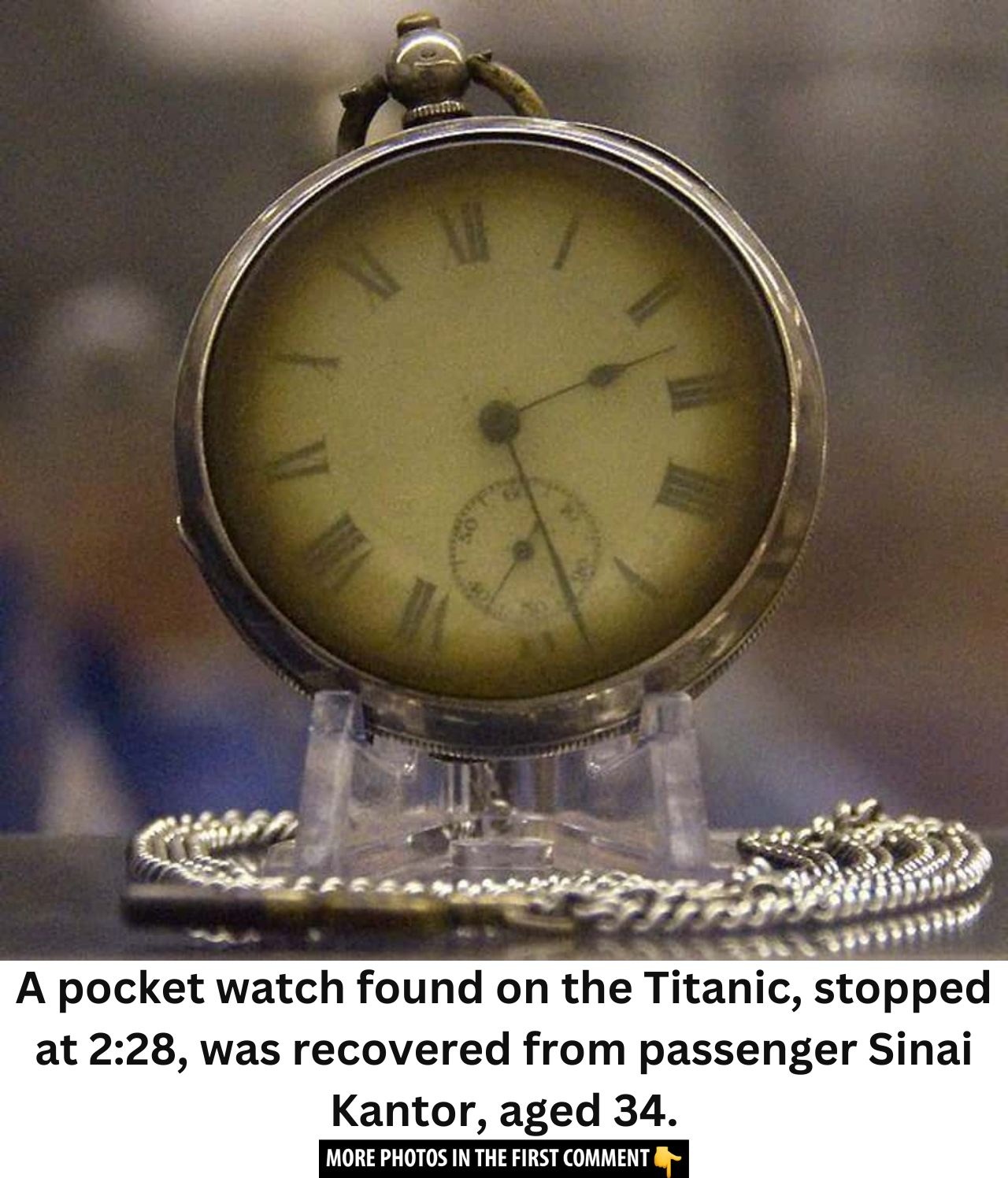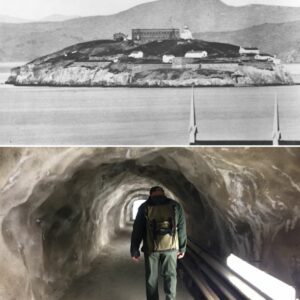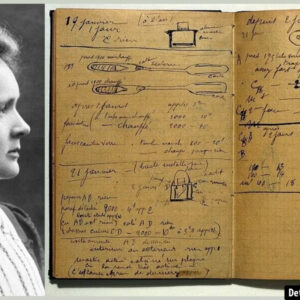On the fateful night of April 15, 1912, the RMS Titanic, the “unsinkable” ship, met its tragic end, leaving over 1,500 lives lost and the world in shock. As the survivors clung to life in the freezing waters, their journey to safety aboard the RMS Carpathia marked the beginning of an emotional return home. These rare photographs capture the harrowing moments when the Titanic’s survivors arrived on shore, forever etched in history. Their story is one of heartbreak, courage, and a collective call for change in maritime safety.
The Ill-Fated Voyage Begins
On April 10, 1912, the RMS Titanic set sail from Southampton, England, to New York. The ship, built by Harland & Wolff and owned by the White Star Line, was the largest, most luxurious vessel of its time. Passengers boarded the ship with high hopes and expectations, having heard about its incredible features. With 2,208 people on board, the Titanic was more than just a mode of transport; it was a floating palace, a sign of the advancements of the time.

Yet, as history would later reveal, the Titanic’s maiden voyage would become its only voyage, and it would end in disaster. Aboard the ship were some of the wealthiest individuals of the time, along with immigrants in steerage seeking a better life in America. These people came from different walks of life, but they all shared one unfortunate fate—the tragedy that would unfold in the dead of night.
Video
Watch the video Titanic: 20 Years Later with James Cameron to discover why you won’t find bodies on the Titanic!
The Collision with the Iceberg
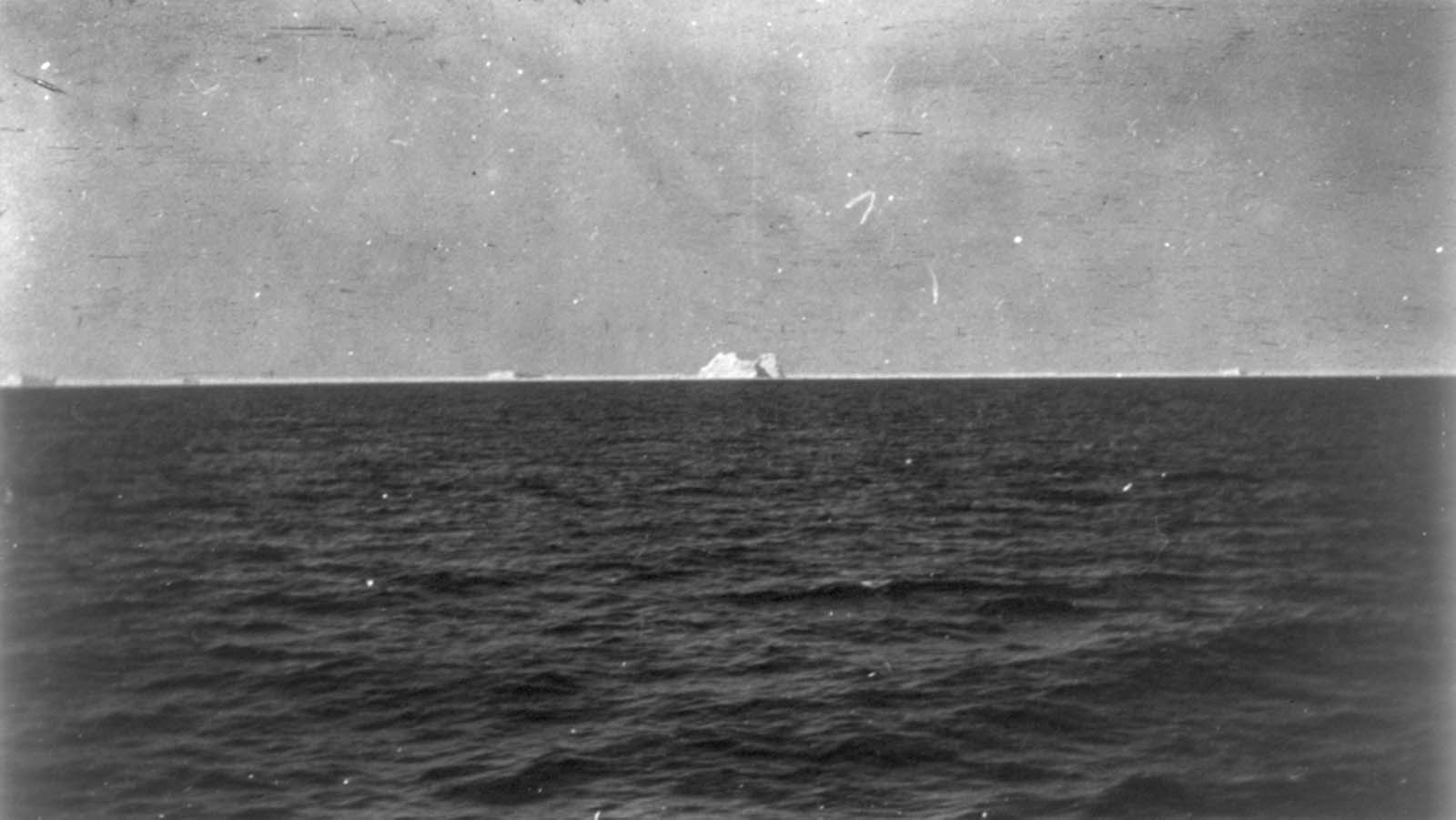
On the evening of April 14, 1912, disaster struck. The Titanic collided with an iceberg in the North Atlantic Ocean at around 11:45 PM. Within hours, the “unsinkable” ship would sink to the bottom of the sea, dragging the hopes of many into the icy abyss.
The chaos that followed was unimaginable. Panic set in as passengers scrambled for lifeboats, while others were left behind in freezing waters. Some of the ship’s crew members, particularly those working in the lower decks, were unable to escape as the ship quickly descended to the depths. As the Titanic’s lights flickered and went out, its once majestic and imposing structure gave way to a tragic end.
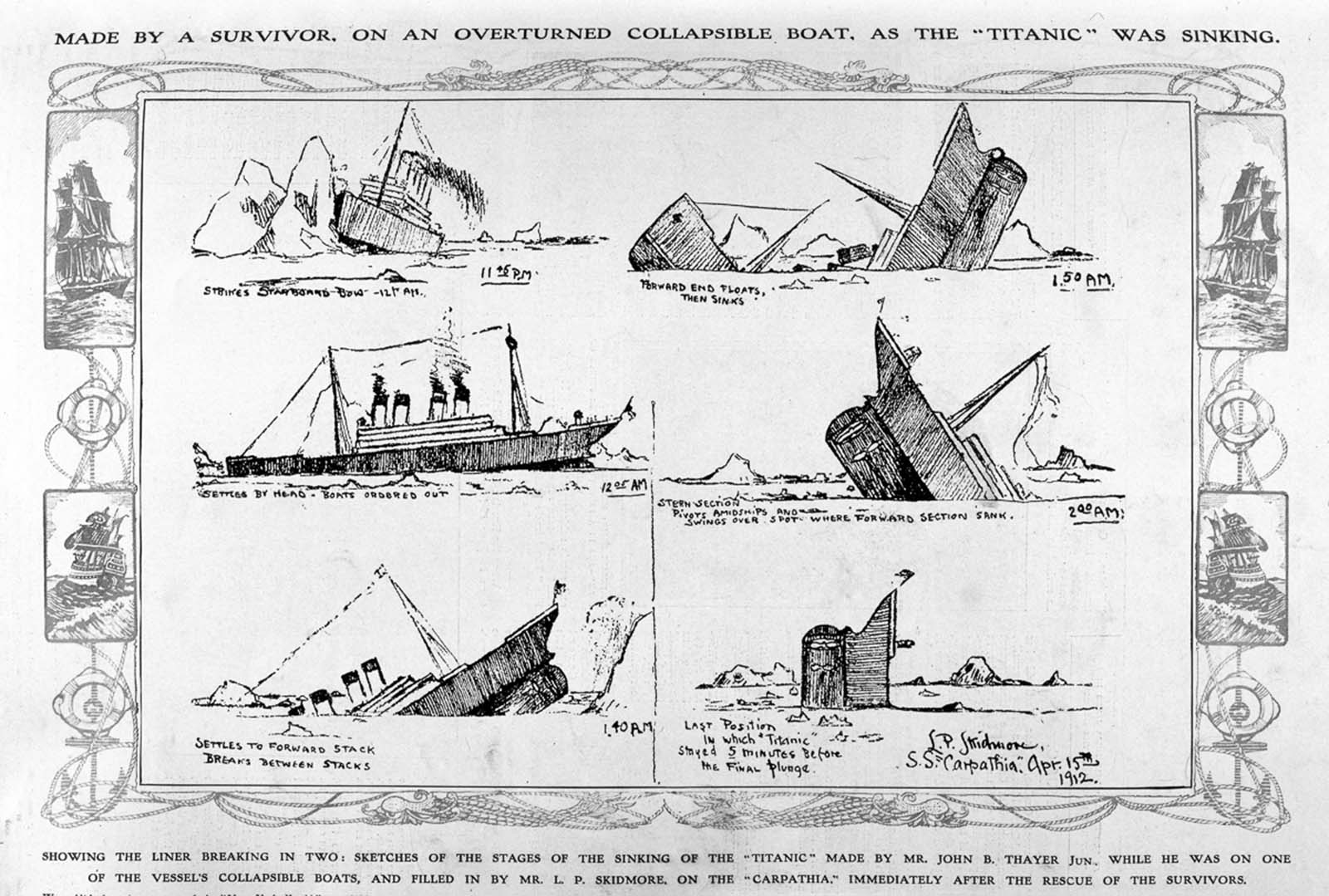
But amidst the chaos, there were survivors. Approximately 705 people were rescued by the RMS Carpathia, which had steamed through dangerous waters to reach the site of the wreck.
Survival at Sea
The survivors, many of whom were clinging to floating debris or packed into lifeboats, endured a harrowing wait until they were rescued. As the hours passed, hope seemed to wane, but eventually, the survivors saw the lights of the Carpathia on the horizon around 3:30 AM on April 15.
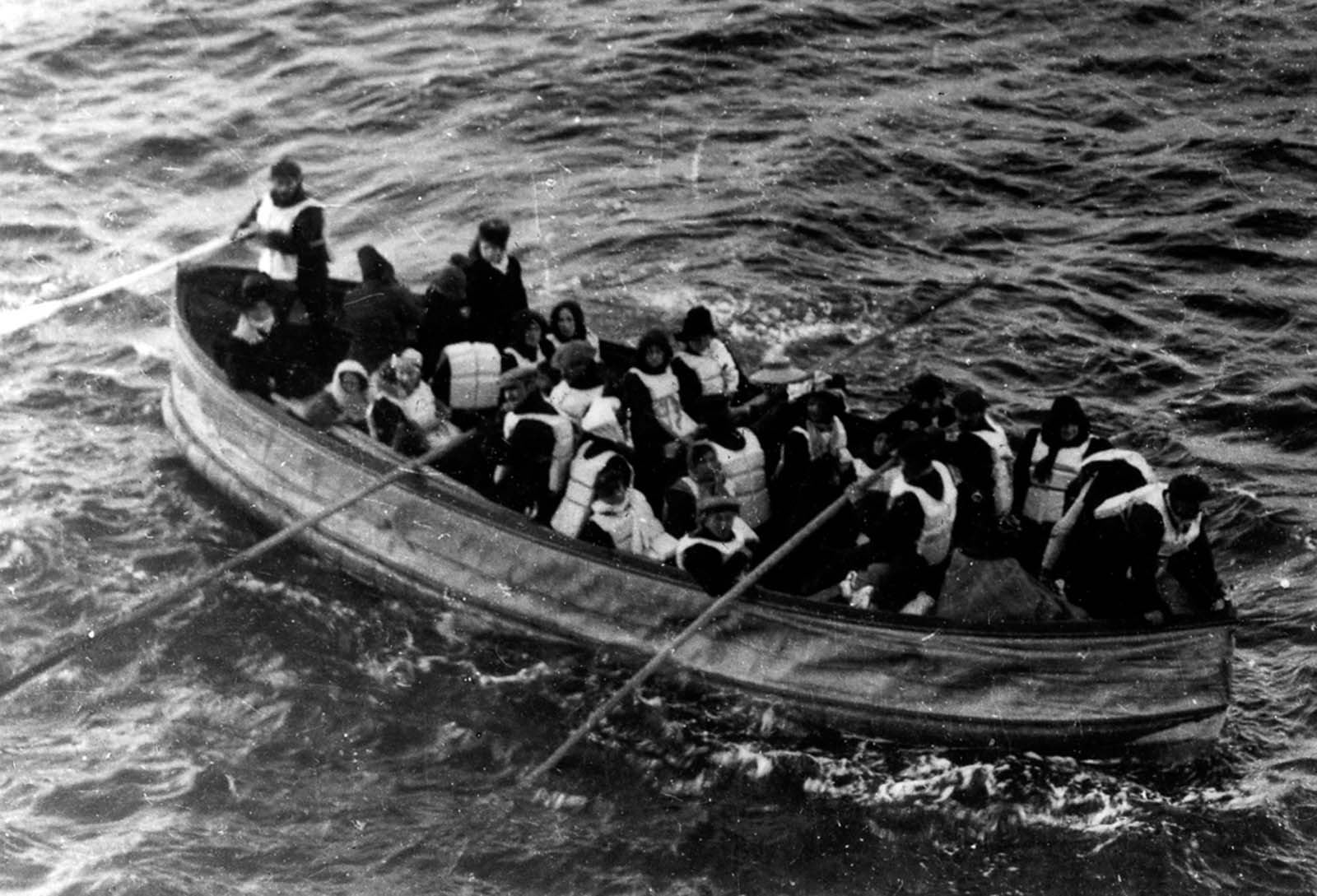
The crew of the Carpathia worked tirelessly to bring the survivors aboard, despite the risk of further icebergs. The process was slow and fraught with danger, but eventually, all of the survivors were brought aboard. The Carpathia then made its way through rough seas and ice floes towards New York, carrying the survivors to safety.
The arrival of the Carpathia at Pier 54 in New York on April 18, 1912, was a momentous occasion. Over 40,000 people had gathered at the pier to greet the ship, eager to hear news of the survivors. The news of the disaster had traveled quickly, and the world watched in disbelief as the full scale of the tragedy became clear.
Arrival of the Survivors in New York
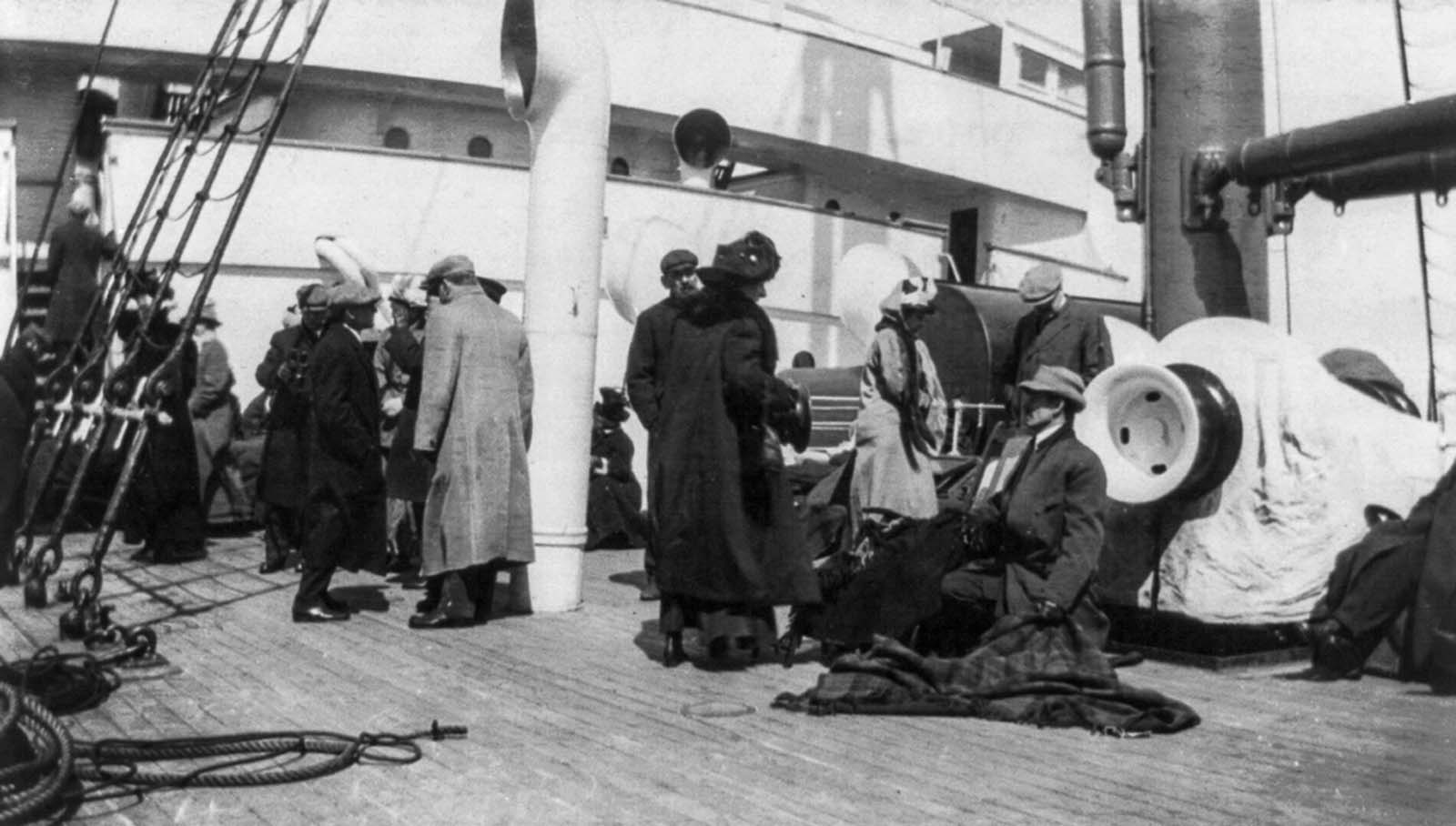
When the Carpathia docked in New York, the enormity of the disaster hit the survivors all over again. As the passengers disembarked, they were met by a throng of reporters, officials, and onlookers. Some survivors were visibly shaken, while others struggled to comprehend what had happened. They had survived the unthinkable, but the trauma of losing so many lives, including loved ones, weighed heavily on them.
One of the most heartbreaking aspects of the survivors’ return was the grief of the families left behind. Many of the victims’ families were still waiting for news of their loved ones, and the sight of those who had made it back only deepened the sorrow. Women, children, and men who had lost everything, whether it was a spouse or a child, now had to face the reality of their losses.

The Public Outcry
The reaction to the disaster was one of outrage and disbelief. Many questions arose immediately after the sinking: Why were there not enough lifeboats for all passengers? Why did the ship continue to sail at full speed through an ice field, despite warnings from other vessels? And perhaps most notably, why did Ismay, the chairman of the White Star Line, survive while so many others died?
As the survivors made their way home, they became the face of public grief and anger. A public letter signed by several survivors was published in The Times, urging for changes to maritime safety laws. The survivors became vocal advocates for improved safety measures, demanding that such a tragedy never happen again.
Personal Stories of Grief and Loss
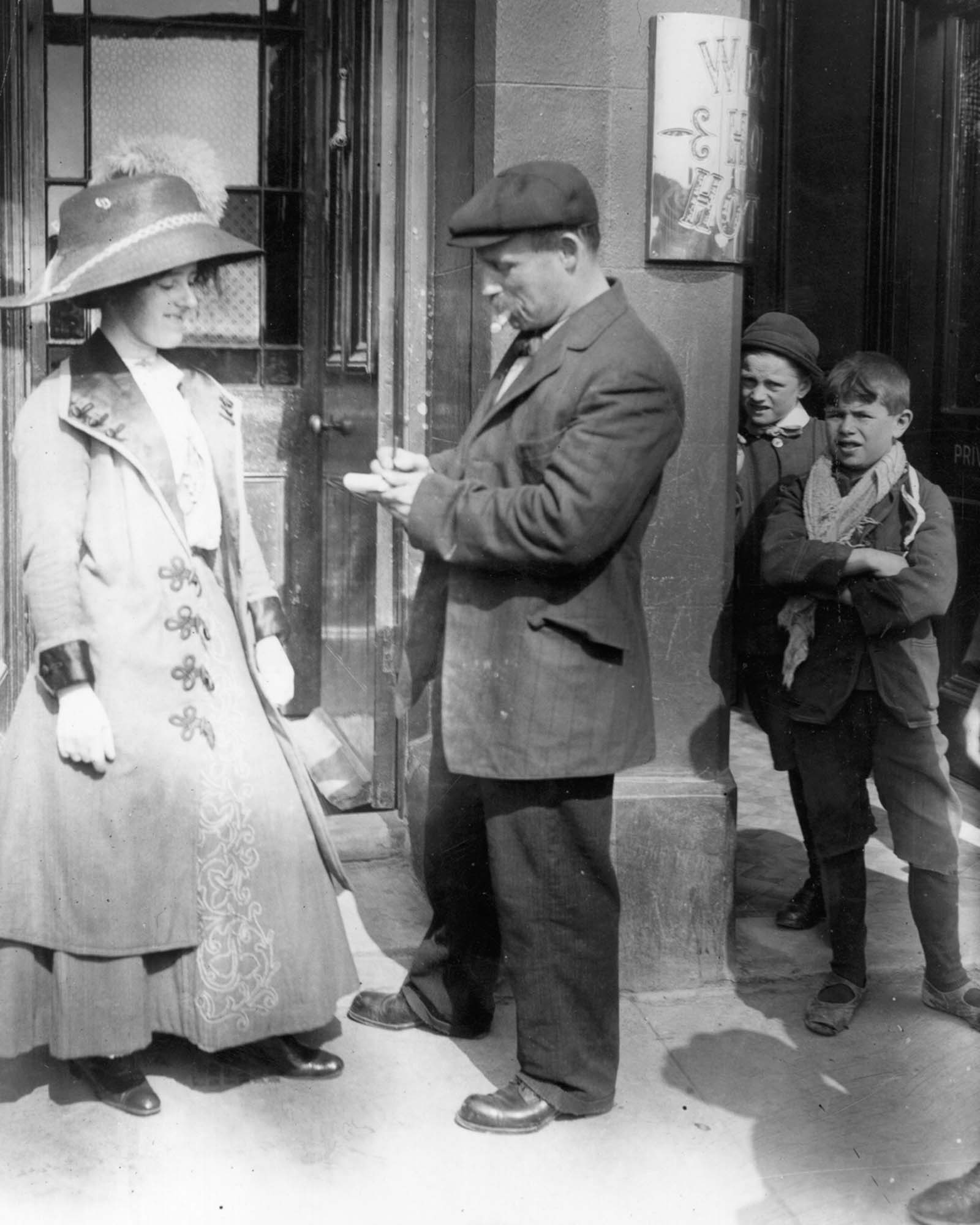
The impact of the Titanic disaster was felt deeply in the towns and cities closely connected to the ship. In Southampton, the loss was especially heavy, as many of the crew members hailed from there. The grief-stricken families, who had waited for news of their loved ones, gathered outside the White Star offices, hoping for word of the missing. The emotional toll on the community was immeasurable.
In Belfast, where the Titanic was built, there was a sense of guilt in the air. The ship had been a source of pride for the city’s shipbuilding industry, but now, it stood as a symbol of failure. Shipyard workers and citizens alike mourned the loss of the ship and, for many, the feeling that they had played a part in the tragedy was too much to bear.
The Survivor’s Mission: A Call for Maritime Reform
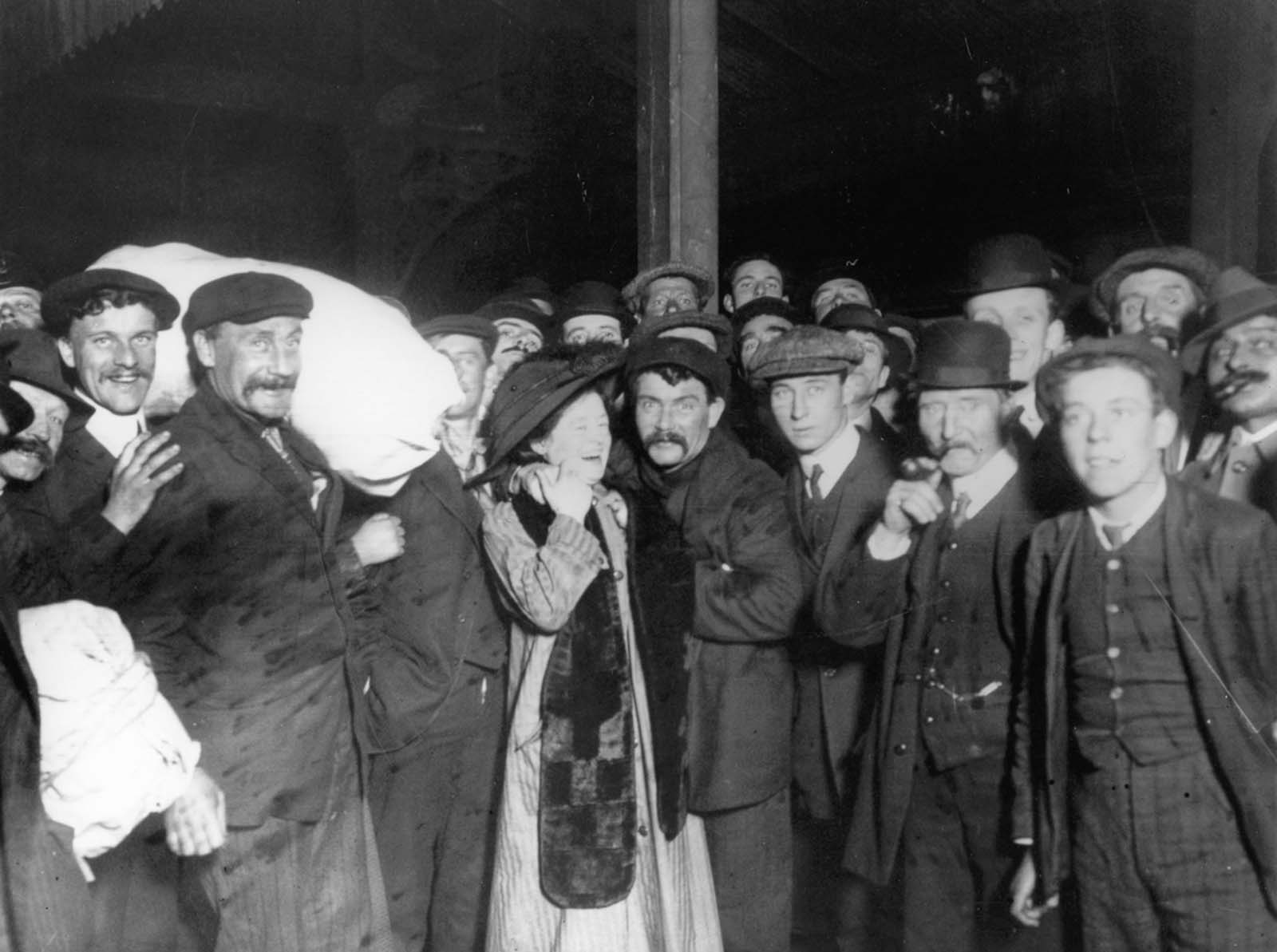
The Titanic disaster didn’t just change the lives of those involved; it altered the course of maritime history. The survivors, recognizing the need for reforms, became advocates for change. They wrote letters, gave speeches, and tirelessly worked to ensure that such a tragedy would never occur again.
Their efforts were not in vain. In the years that followed, maritime safety laws were revamped. The requirement for sufficient lifeboats for all passengers, as well as the implementation of iceberg detection systems, were just some of the changes that came about as a direct result of the Titanic disaster.
The Legacy of the Titanic Disaster
The Titanic’s legacy endures to this day. The tragedy led to the establishment of new safety standards for ships and changed the way the world viewed maritime travel. The sinking of the Titanic remains one of the most significant events in modern history, and its impact continues to be felt, especially in the way ships are designed and operated.
Every year, thousands of people visit museums, memorials, and exhibitions dedicated to the Titanic. The story of the ship, its passengers, and its survivors has been immortalized in books, films, and documentaries. But the survivors’ story—their bravery, their grief, and their fight for justice—continues to inspire.
In the end, the Titanic’s survivors were not just passengers on a doomed voyage; they were witnesses to one of the greatest tragedies in human history. Their courage, resilience, and determination in the face of overwhelming loss stand as a testament to the human spirit.
Gallery of Rare Titanic Survivor Photos
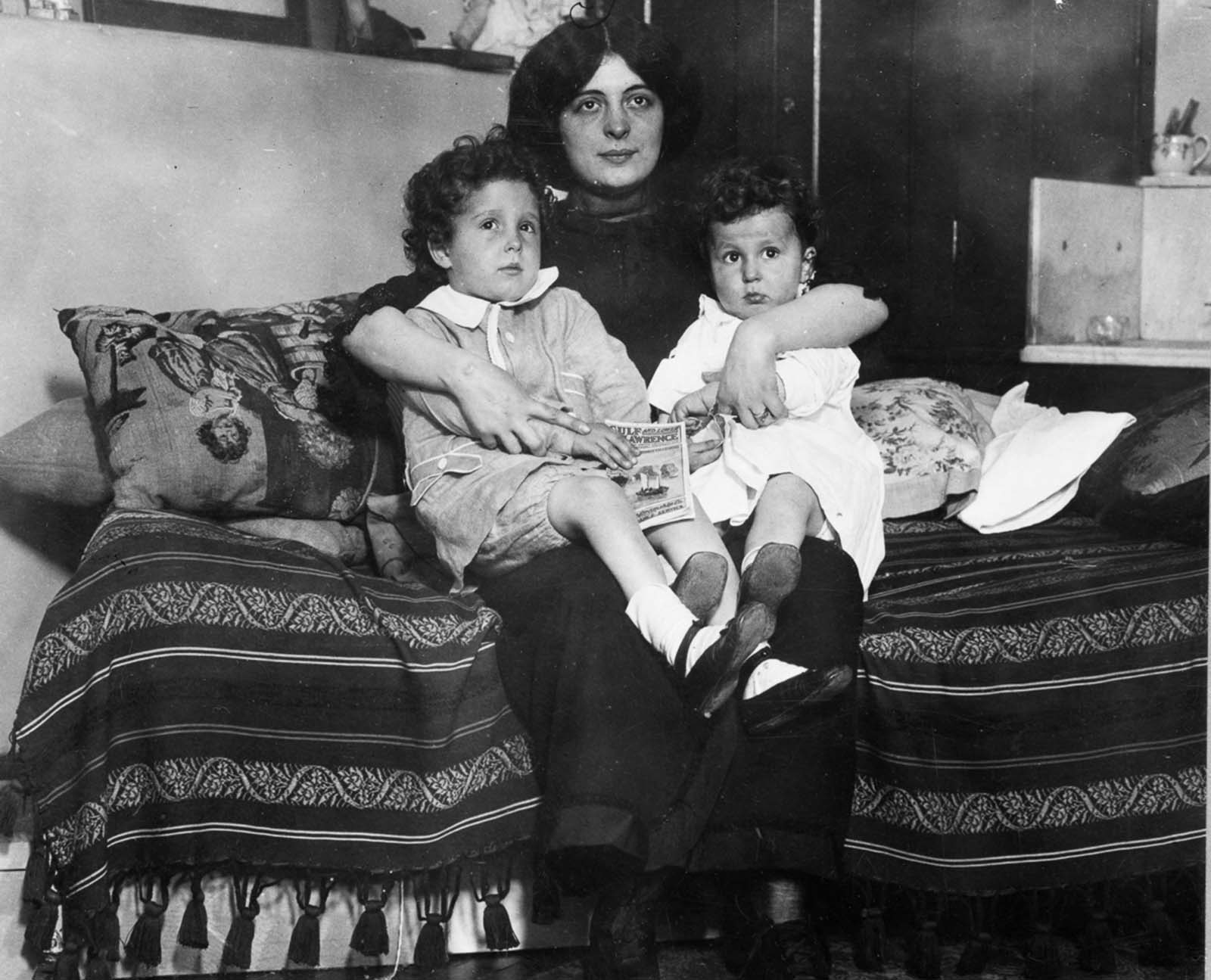
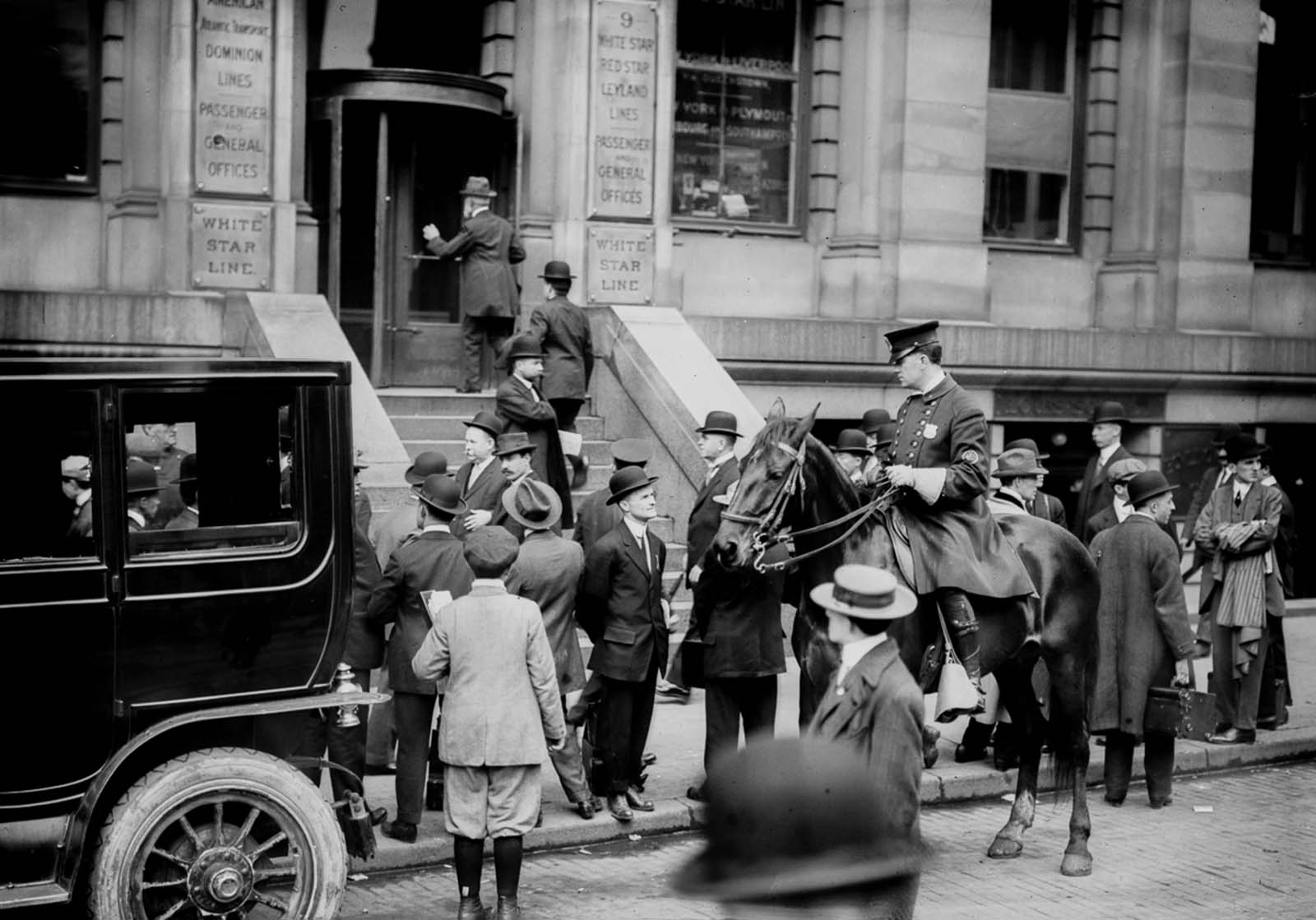


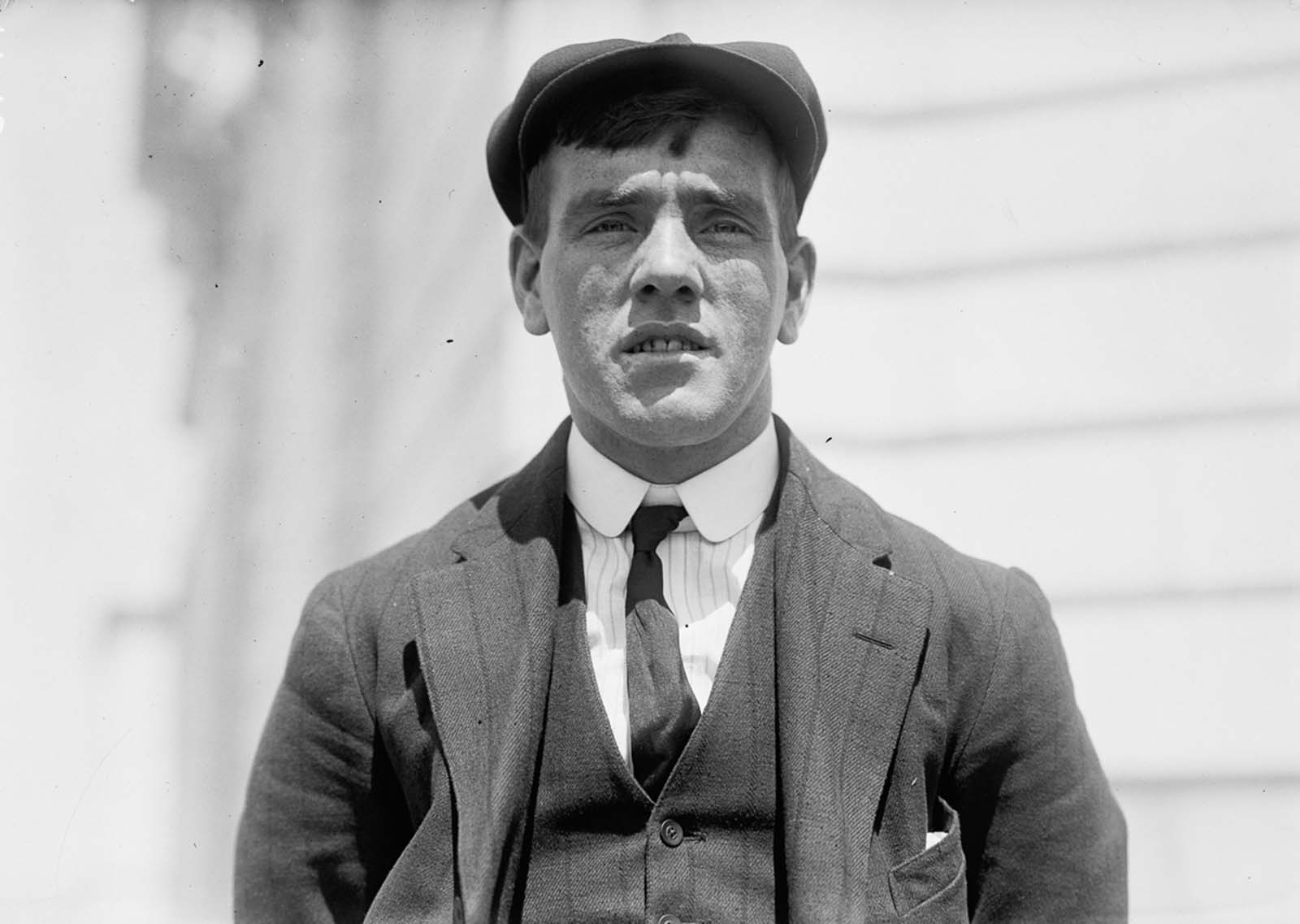
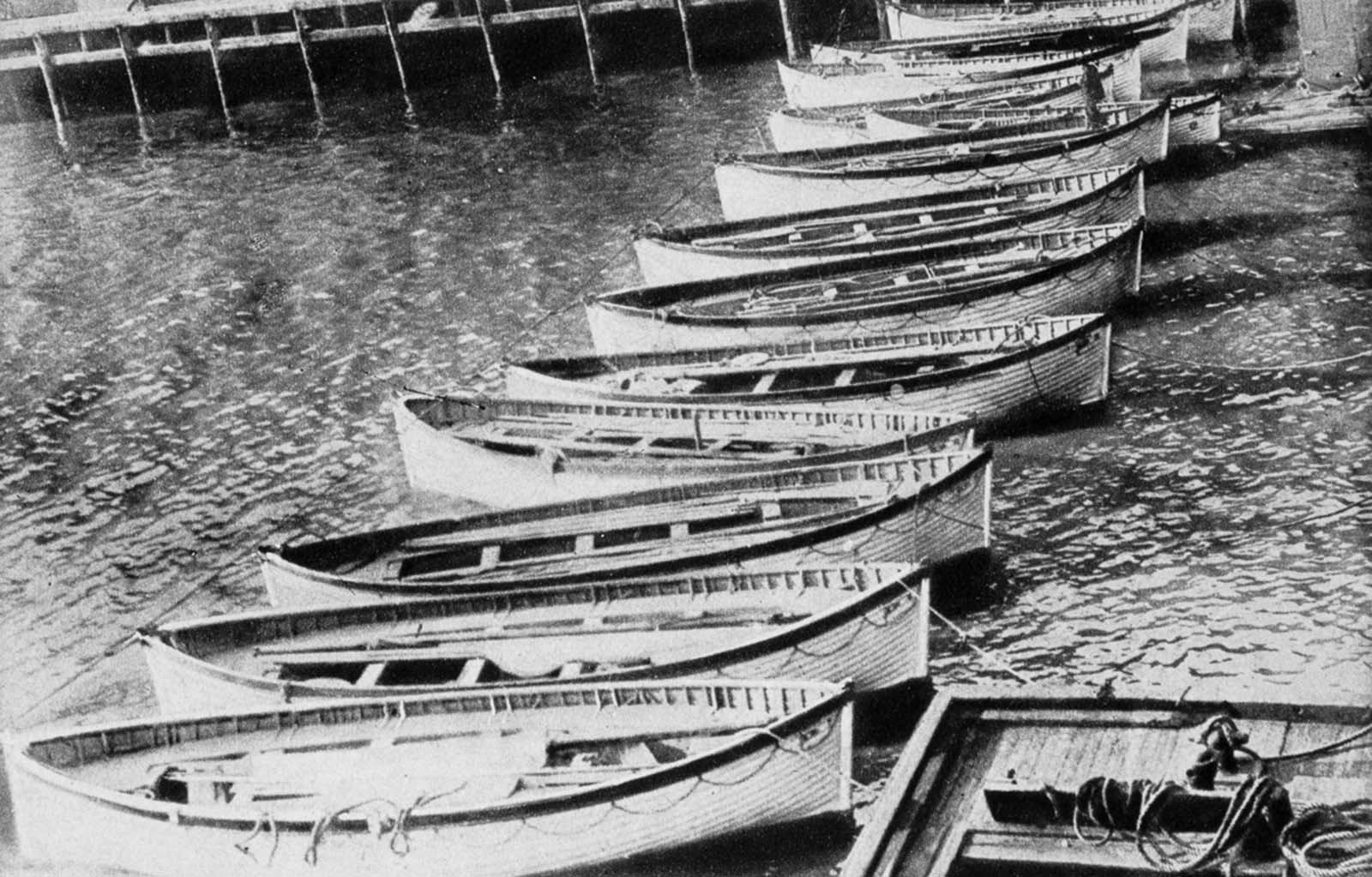
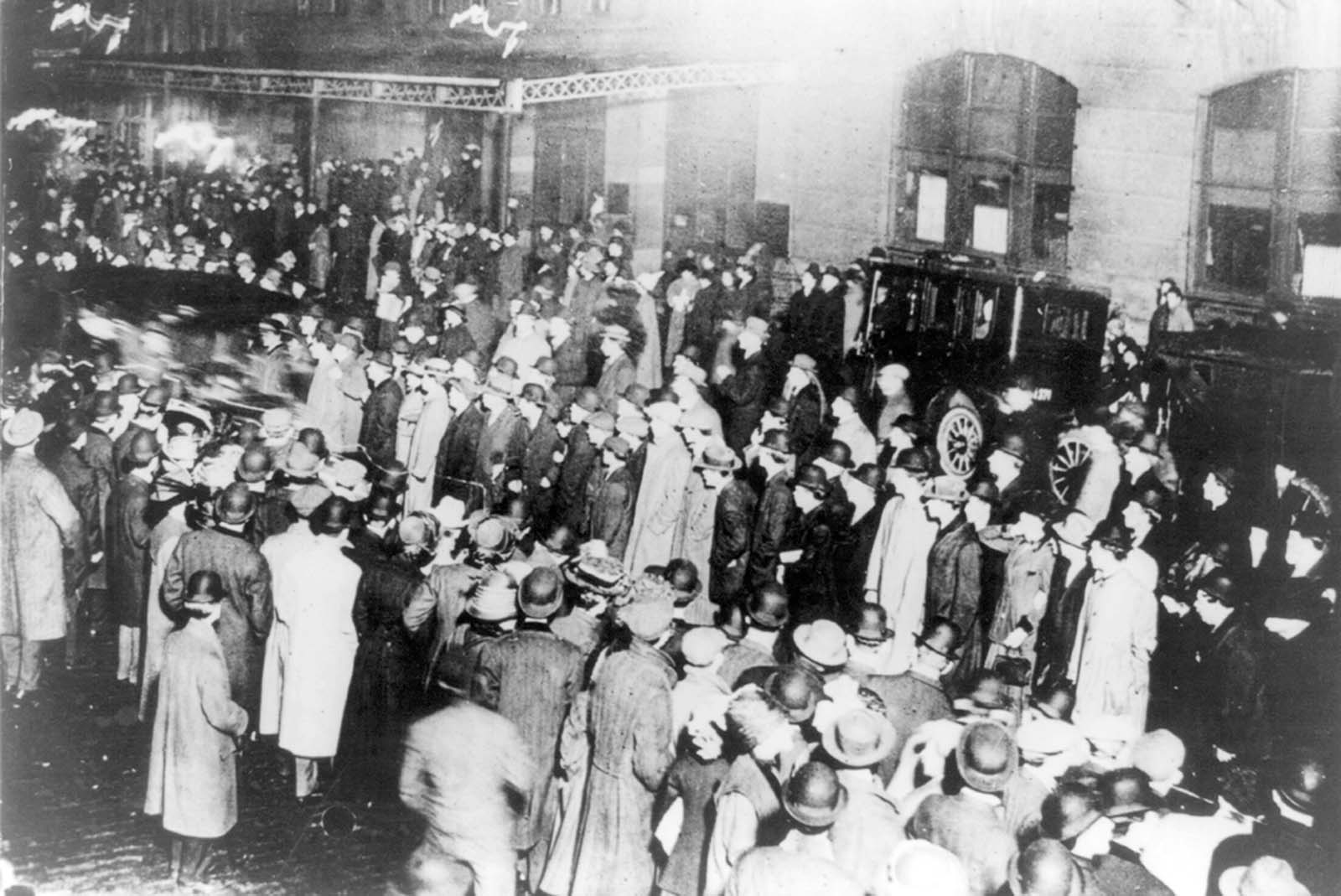
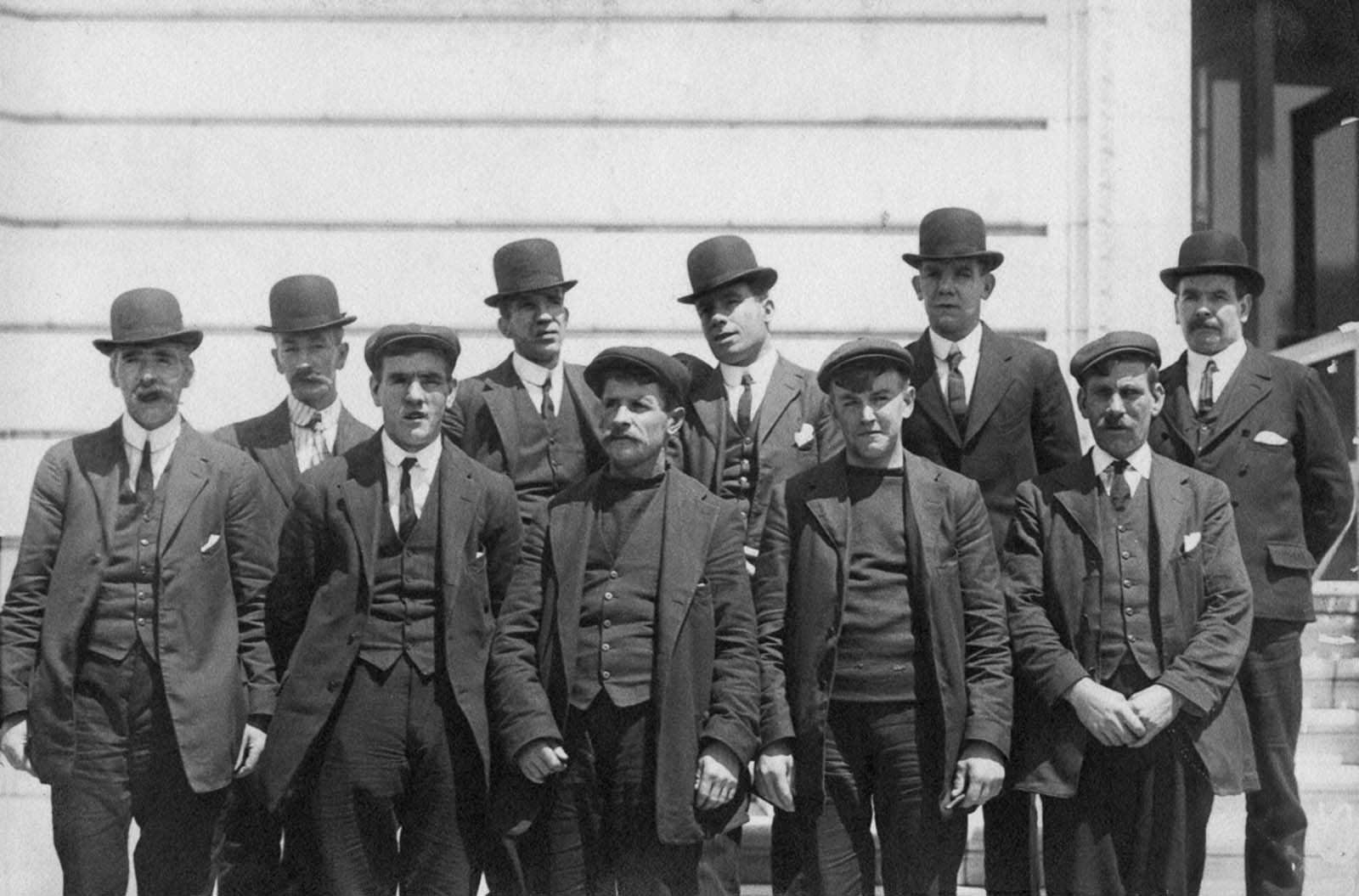
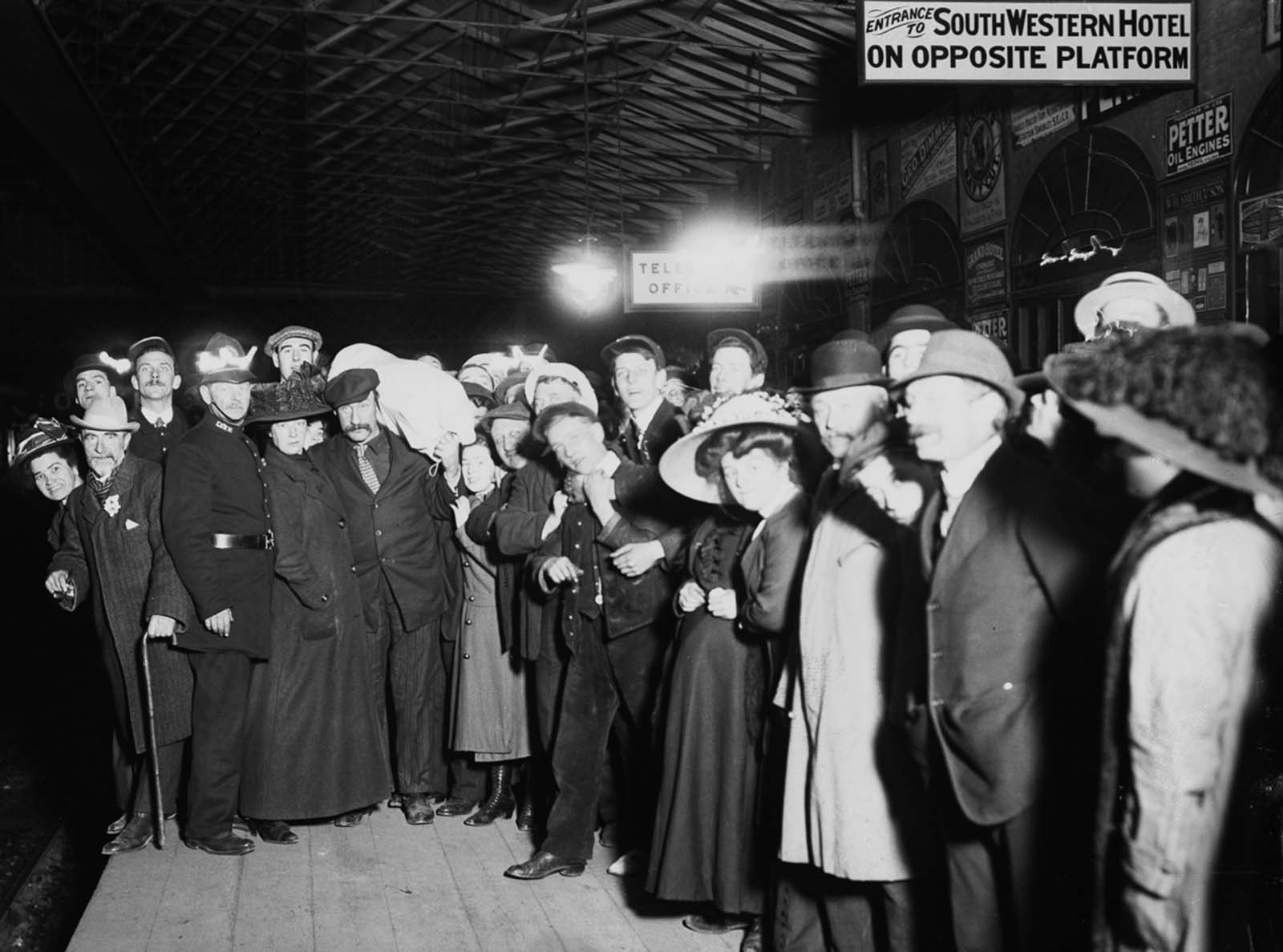
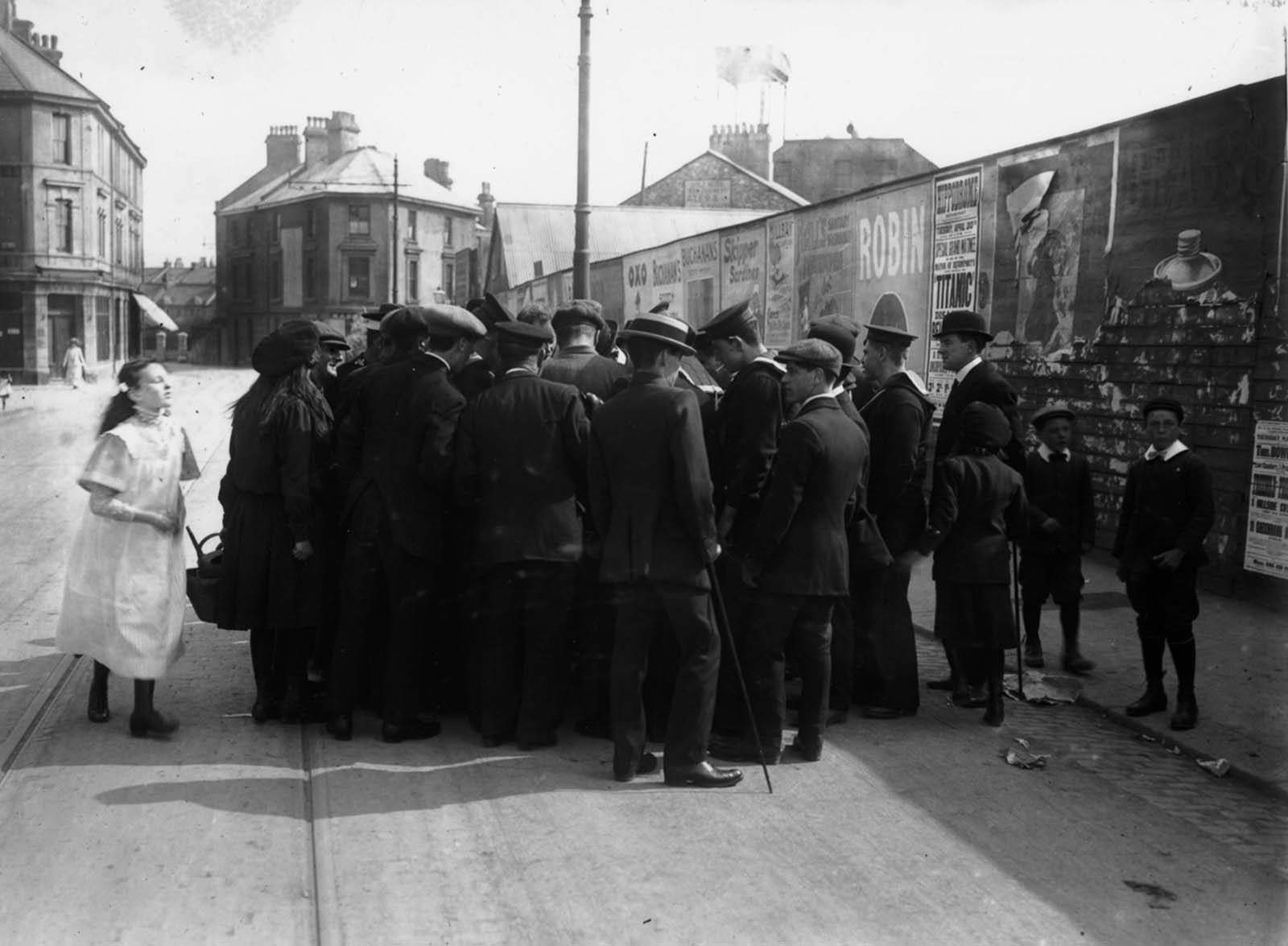
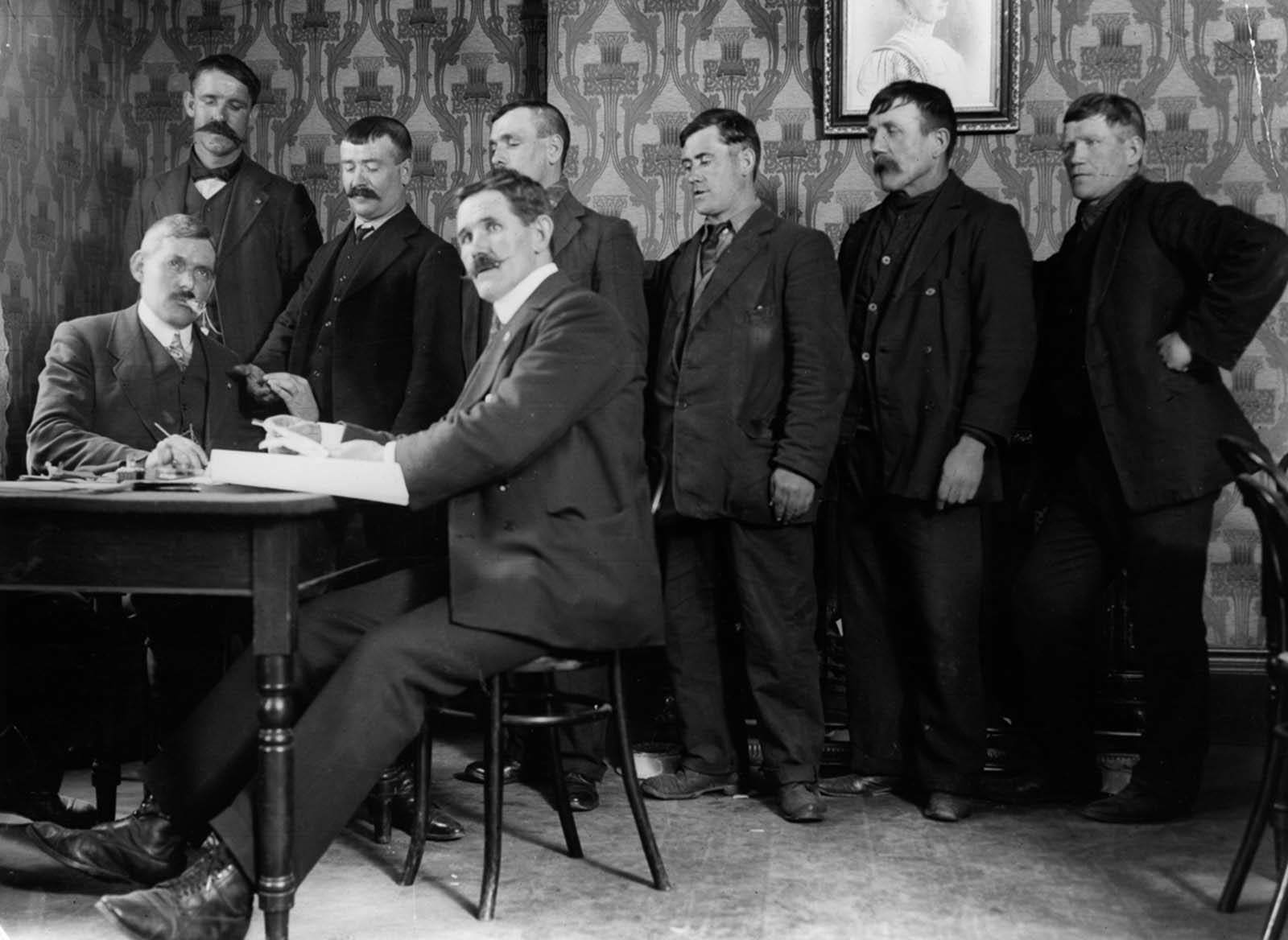
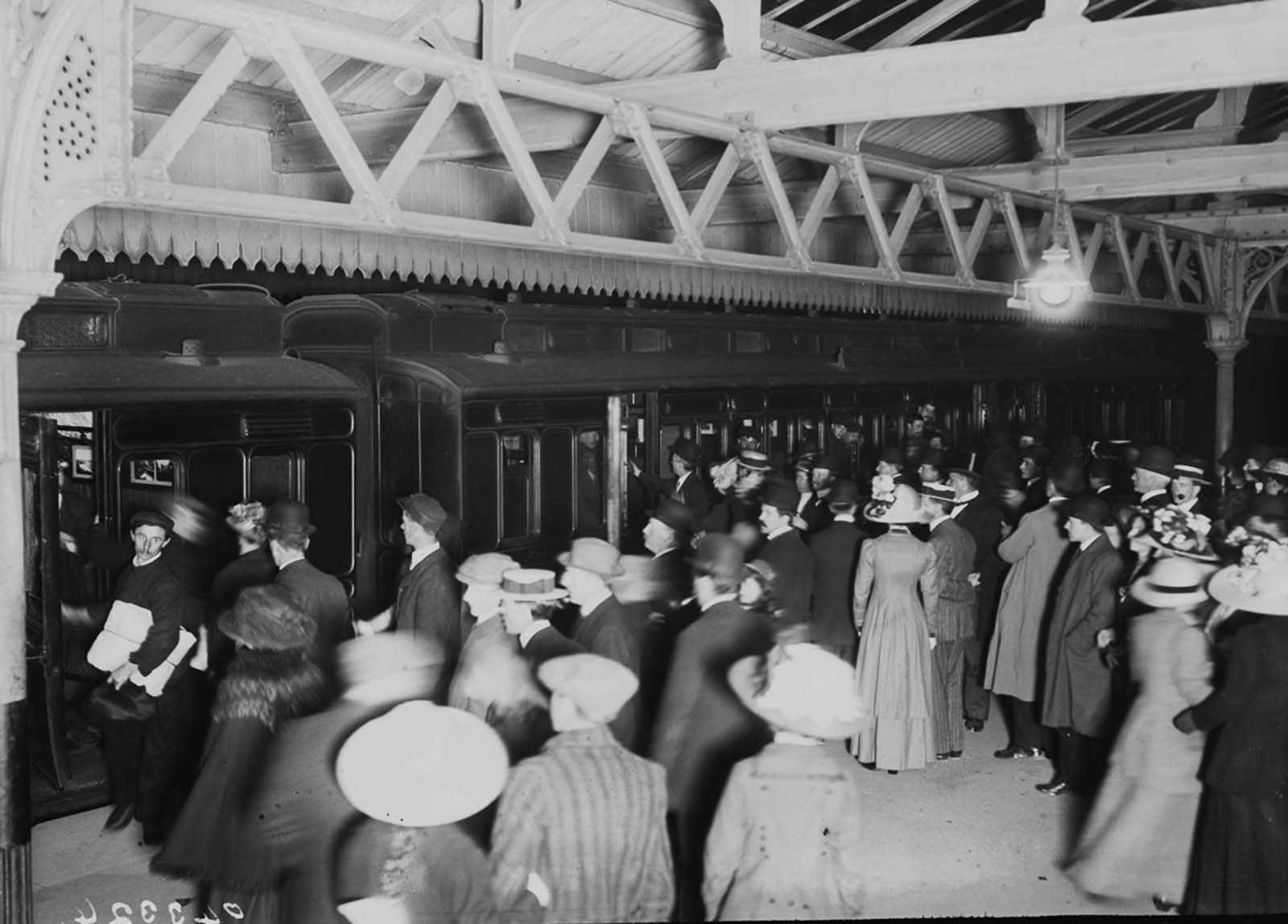
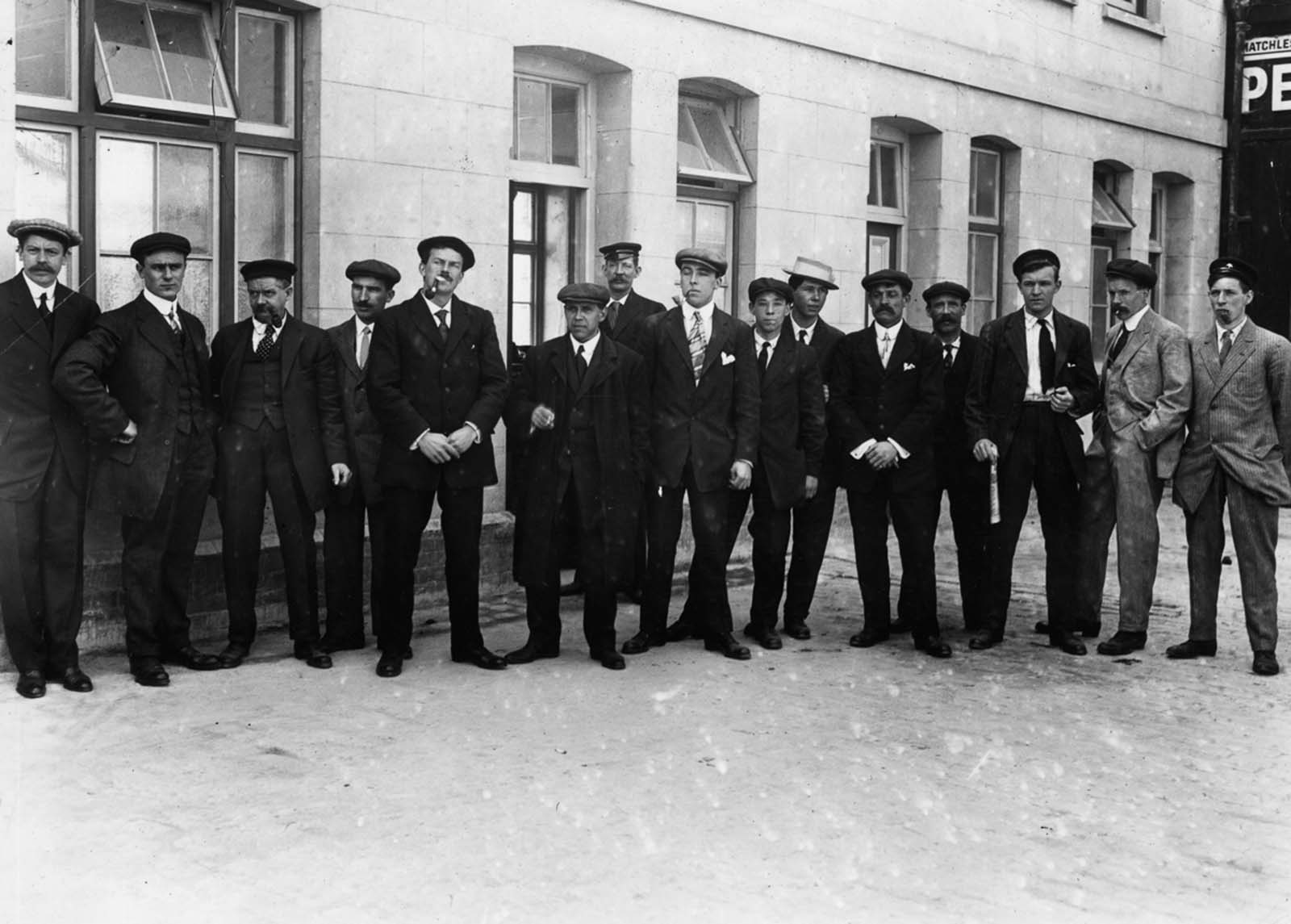
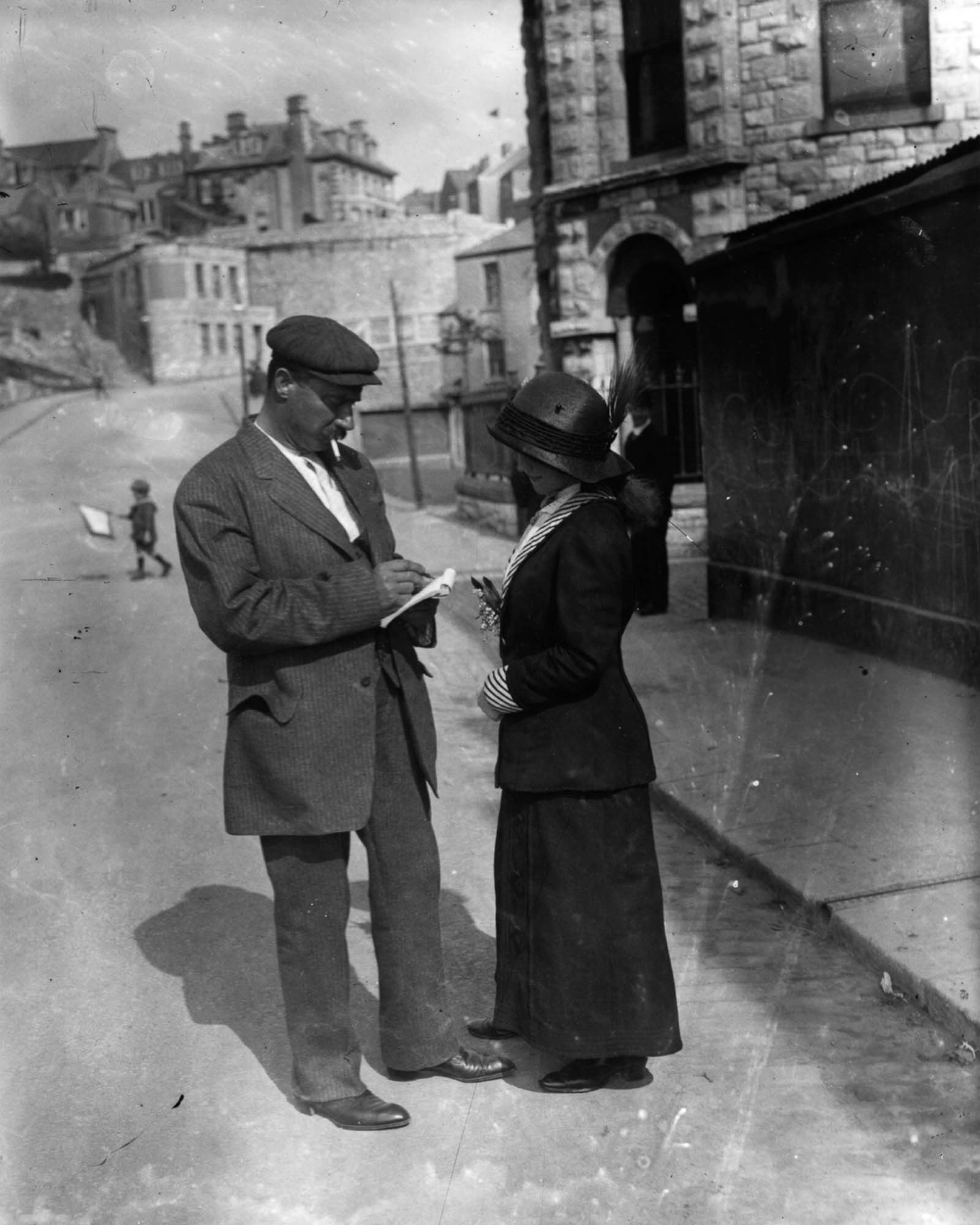
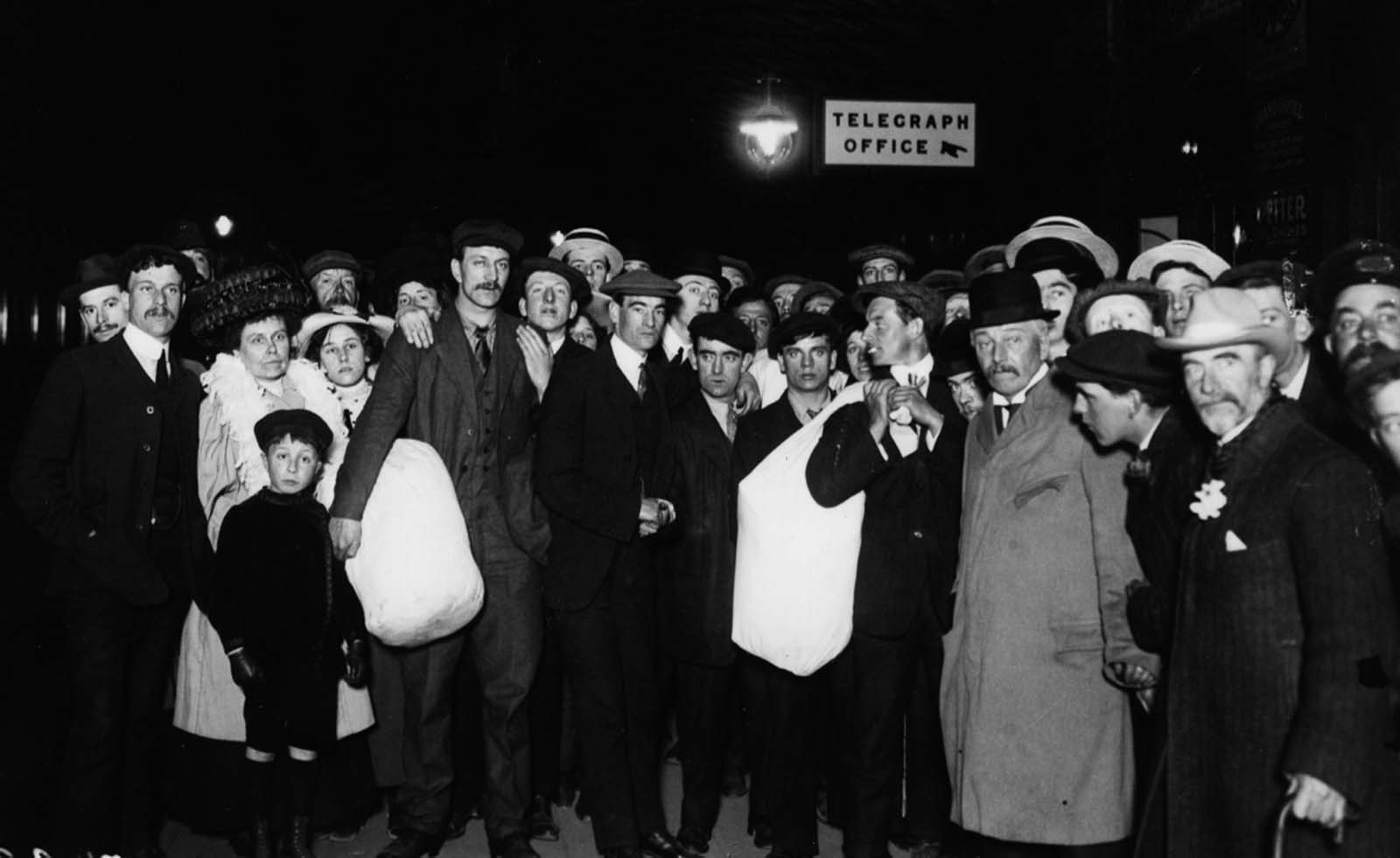

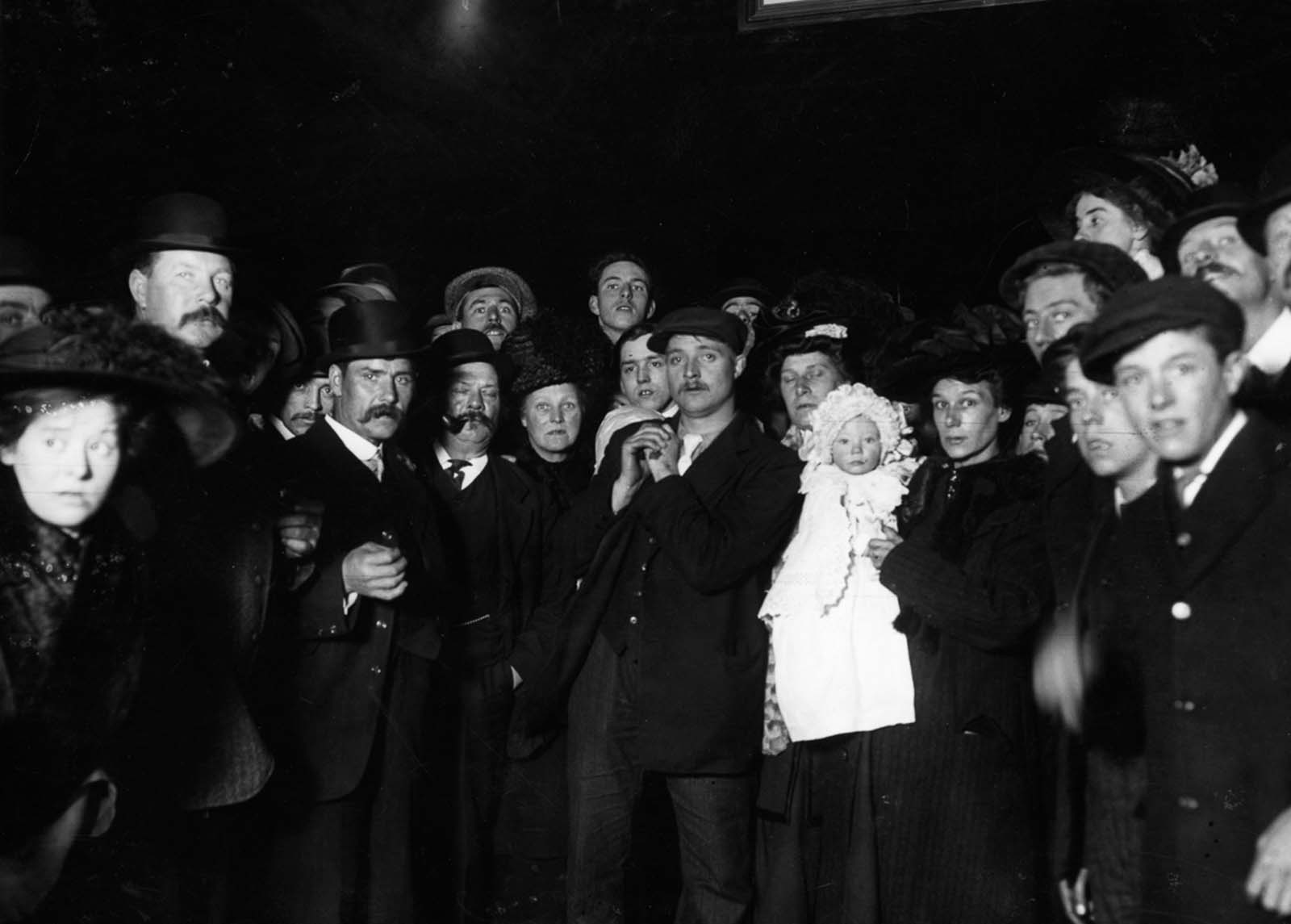

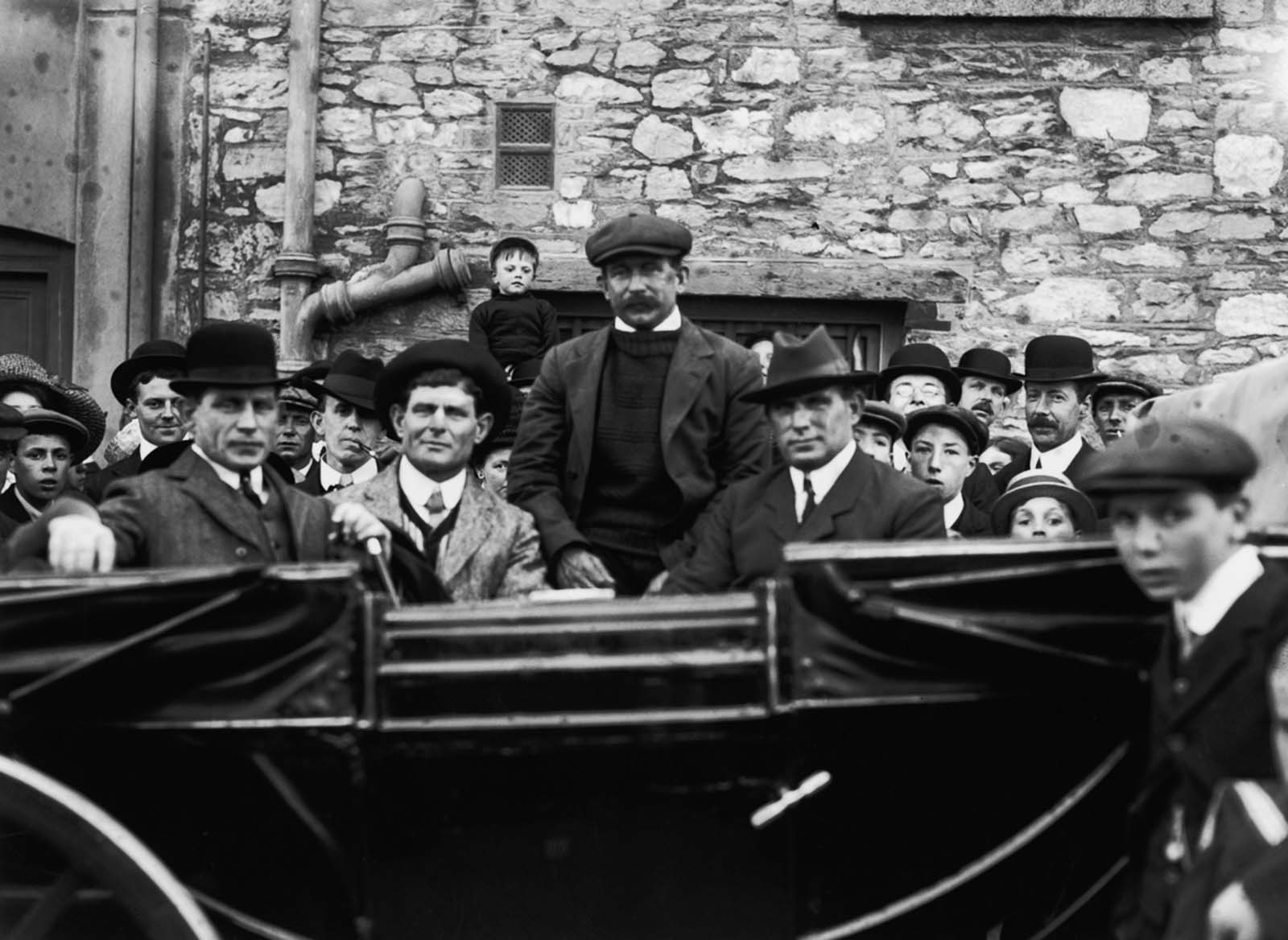
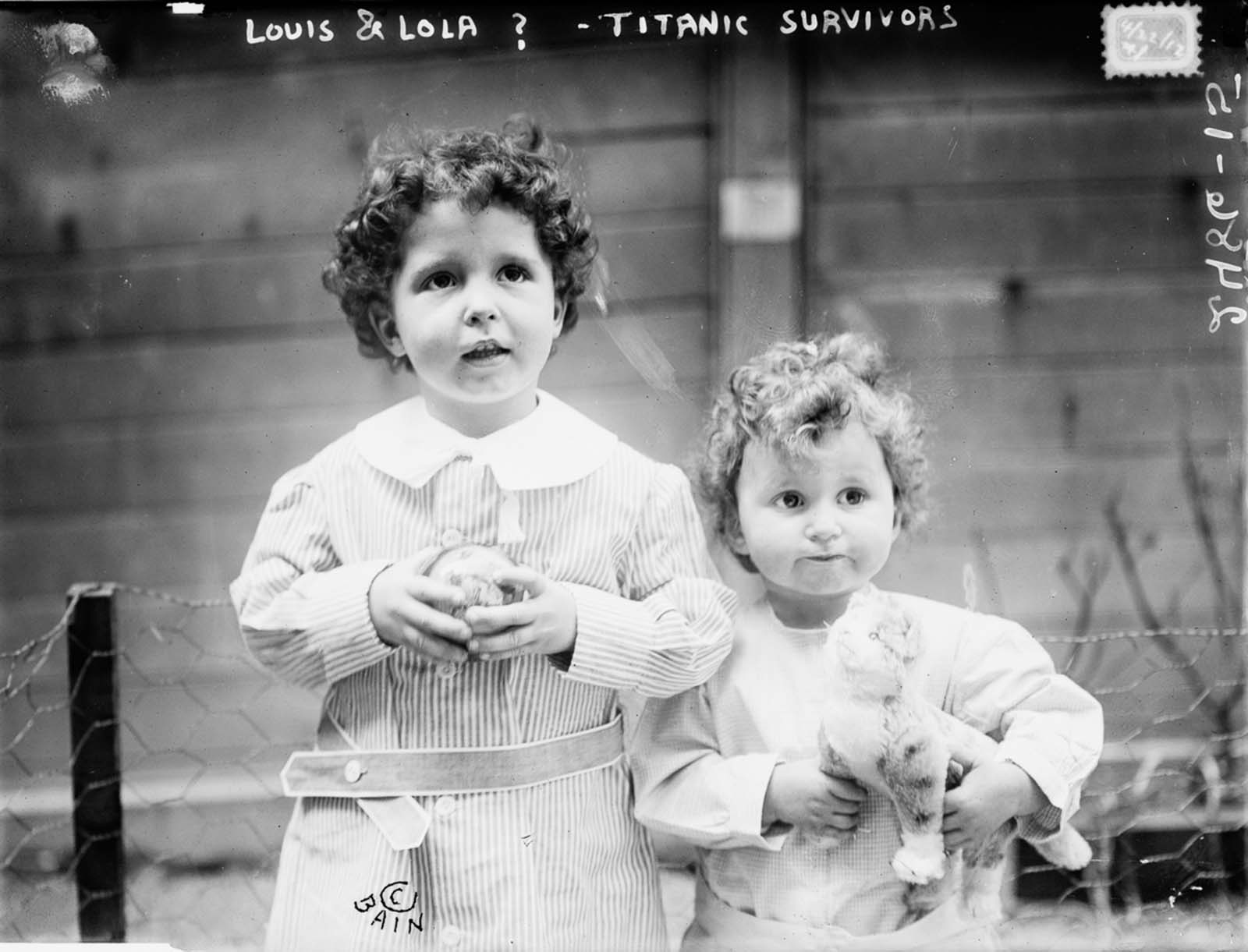

Video
Watch the video Titanic: The Facts Told By Real Survivors from British Pathé for firsthand accounts of the tragic event!
The photos serve as powerful reminders of the human cost of the Titanic disaster, capturing moments of sorrow, survival, and history in the making.
